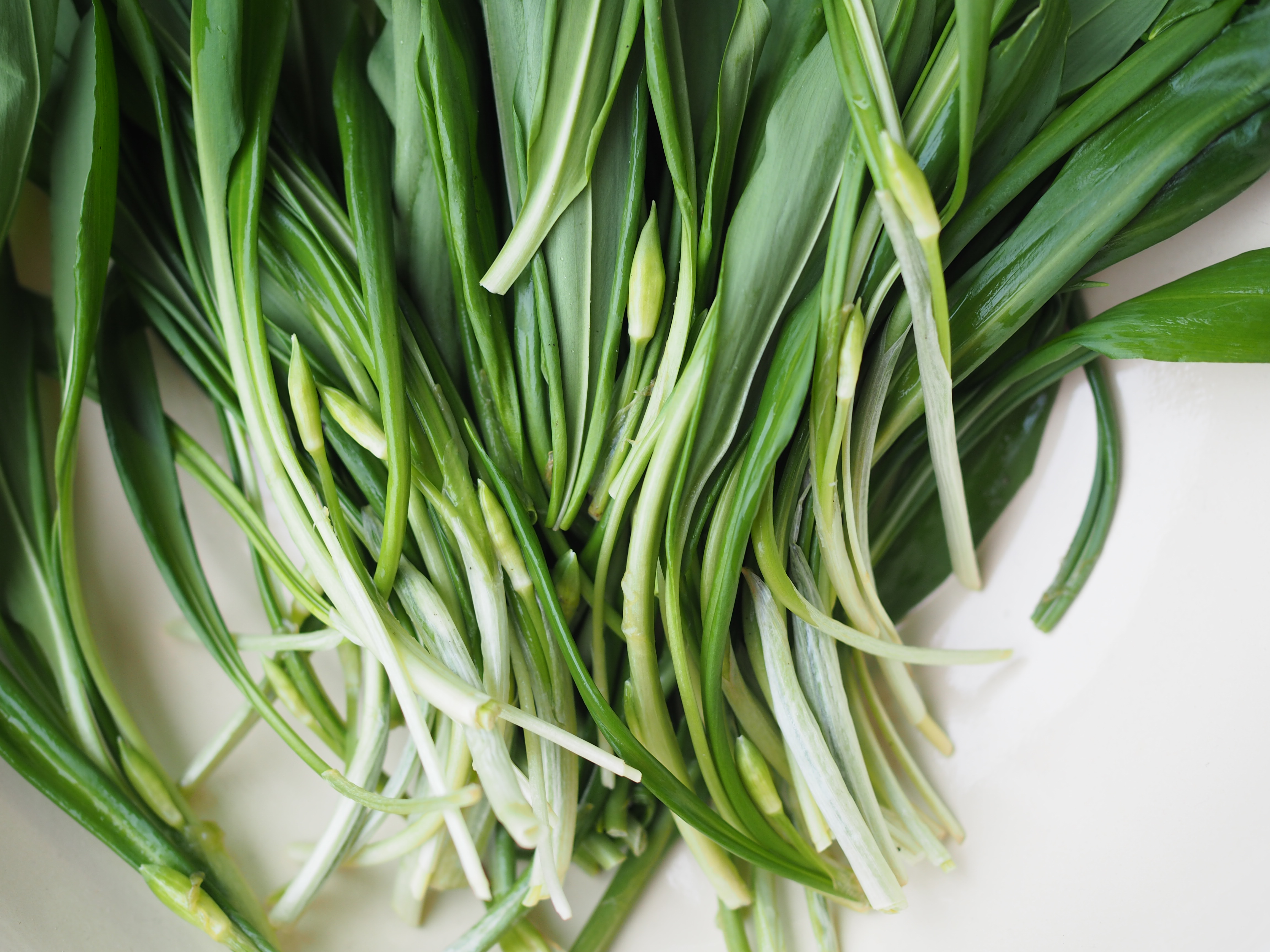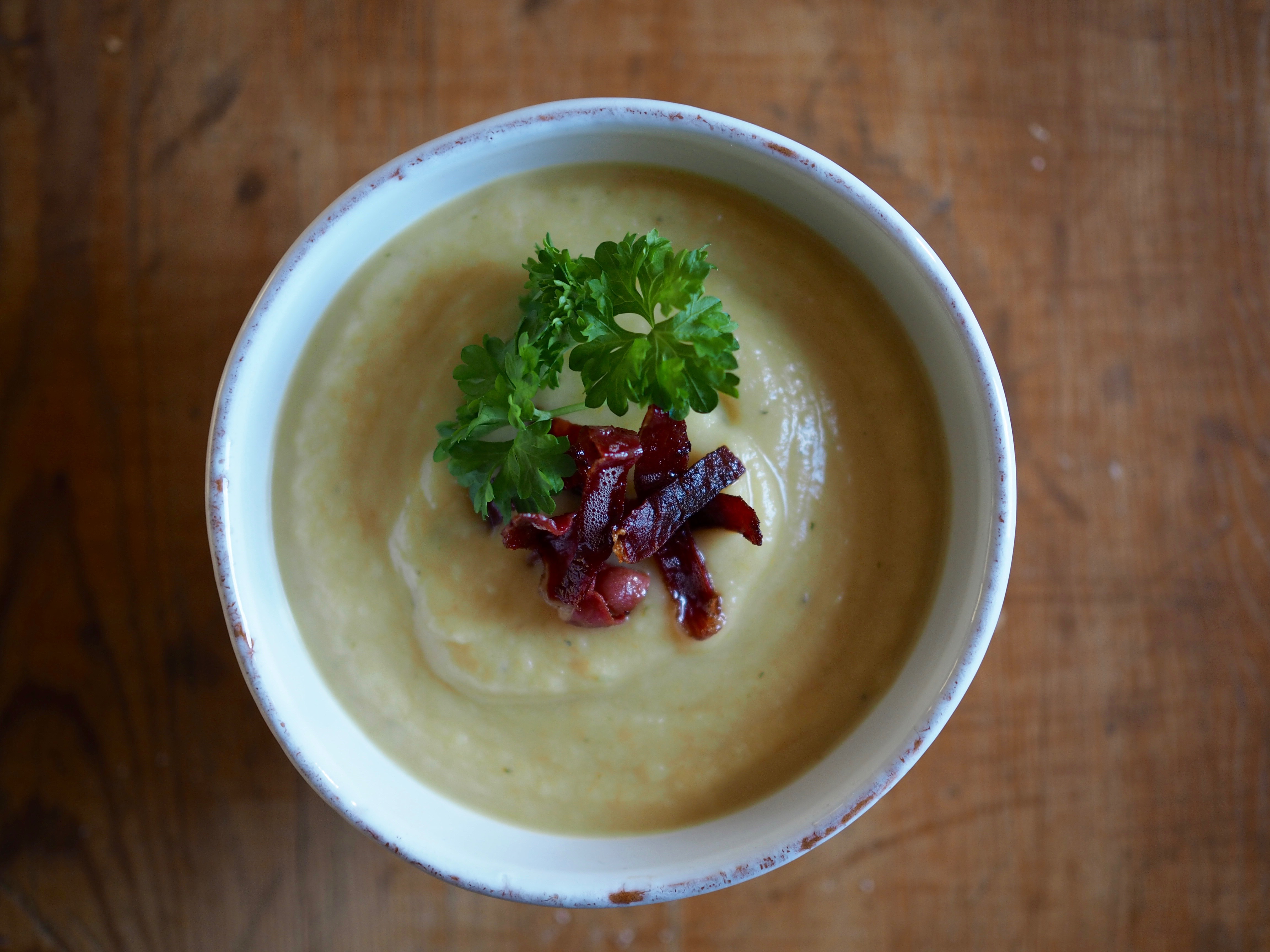The start of the new year has ushered in an abundance of snow and freezing cold temperatures. Our farm is a blanket of white. Snow so fine, the slightest breeze turns our world into a shaken snow globe. The sounds of the stream can no longer be heard, even faintly. And icicles have made their permanent residence here. It’s dreamy.
These are the days when ultimate comfort food is rich, creamy and hot. It’s nostalgic. When memories of family, the kitchen and the cold collide with all the senses. The days are short, the nights are long, and the desire for comfort is paramount. And for me, the combination of rich soup and pillowy dumplings is one of the most luxurious treats for any winter day.
 The concept of dumplings and soup stretches far back across many continents and cuisines. To think of chicken and dumplings as simply a southern dish in America or as something created as a ration during war time or economic turmoil would be very erroneous, to say the very least. Yet, our connections to particular dishes are shaped by our personal experiences. And while my knowledge of chicken & dumplings came from my childhood experience in the kitchen with my mother in America, I know that perception is only a tiny fraction of the larger picture. So I delved a bit deeper, wanting to understand the role this dish played, if any, here in Norway. I picked up a handy and extremely insightful book by Henry Notaker, which details Norwegian cuisine and food culture through a thousand years. History lesson for the day. Check.
The concept of dumplings and soup stretches far back across many continents and cuisines. To think of chicken and dumplings as simply a southern dish in America or as something created as a ration during war time or economic turmoil would be very erroneous, to say the very least. Yet, our connections to particular dishes are shaped by our personal experiences. And while my knowledge of chicken & dumplings came from my childhood experience in the kitchen with my mother in America, I know that perception is only a tiny fraction of the larger picture. So I delved a bit deeper, wanting to understand the role this dish played, if any, here in Norway. I picked up a handy and extremely insightful book by Henry Notaker, which details Norwegian cuisine and food culture through a thousand years. History lesson for the day. Check.
I stumbled across an interesting mention of the dish in his book, Ganens Makt. In the first half of the 17th century, Danish cuisine was being observed and probably shared by Norwegian author and academic, Ludvig Holberg. In his comedy, Den Vægelsindede, he writes about a food-loving character named Apicius, who lists all the delicacies he has eaten in a long monologue. One being, hønsekjøttsuppe med boller (hen soup with balls). Therefore, perhaps the introduction of the dish was of Danish influence. But even though chickens were found extensively across Norway, they were used mainly for egg production rather than their meat. Chicken, turkey & fowl were seen as delicacies, usually served to foreign guests. So despite there being a mention of the dish, the use of chicken for its meat was rare. Perhaps because the cost in comparison to the amount of meat per hen was much greater than, say, for a calf or sheep. Recipes for chicken appear in greater quantity in Schønberg Erken’s cookbook from 1914, but this was intended for an international audience. In her schoolbooks (local audience), she only mentions roast chicken and hen fricassee. In a small economic cookbook from 1935, the author notes that several places had begun selling ‘casserole prepared’, or cut and ready to cook, chicken which took away the hard work of plucking and preparing and perhaps started a new phenomenon among the eating habits of chicken in Norway. Chicken was no longer as luxurious as it had once been.
Thankfully, nostalgia is a wonderful thing. The longing for something which once was. This is my homage to the chicken. In particular, the hen. To place it back on its pedestal, saved for that special occasion. When the frost is hovering and the wood in the fire is crackling. When the table is set and the silver spoons are out.
For chicken soups, I prefer to use stewing hens, or laying hens which are no longer productive egg producers. Their size and age yield a more rich and flavorful stock than commercial chickens, which are bread for their meat. And while stewing hens require a bit more work and patience due to their tough meat, the payoff is incredible. Full-bodied broth, texture, and deep flavor. The epitome of luxury.
 (more…)
(more…)





 The concept of dumplings and soup stretches far back across many continents and cuisines. To think of chicken and dumplings as simply a southern dish in America or as something created as a ration during war time or economic turmoil would be very erroneous, to say the very least. Yet, our connections to particular dishes are shaped by our personal experiences. And while my knowledge of chicken & dumplings came from my childhood experience in the kitchen with my mother in America, I know that perception is only a tiny fraction of the larger picture. So I delved a bit deeper, wanting to understand the role this dish played, if any, here in Norway. I picked up a handy and extremely insightful book by
The concept of dumplings and soup stretches far back across many continents and cuisines. To think of chicken and dumplings as simply a southern dish in America or as something created as a ration during war time or economic turmoil would be very erroneous, to say the very least. Yet, our connections to particular dishes are shaped by our personal experiences. And while my knowledge of chicken & dumplings came from my childhood experience in the kitchen with my mother in America, I know that perception is only a tiny fraction of the larger picture. So I delved a bit deeper, wanting to understand the role this dish played, if any, here in Norway. I picked up a handy and extremely insightful book by 
